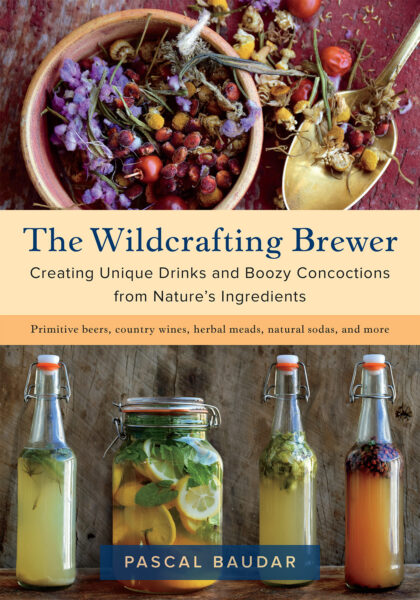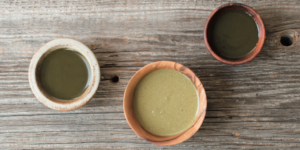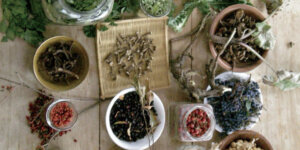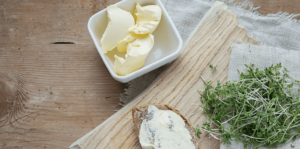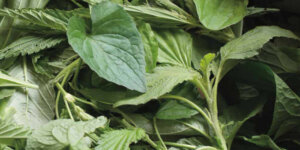A Recipe for Homemade Ginger Beer: The Old Fashioned Way
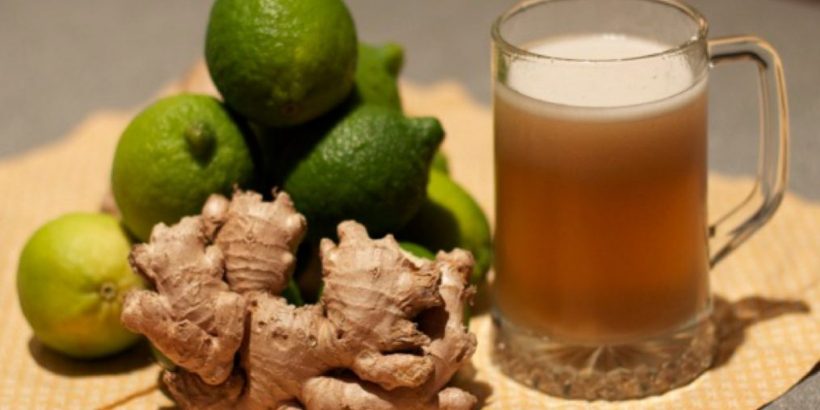
Ginger is a spice perfect for any time of year. Its fragrance can perk up everything from chai tea to apple pie. This humble root can also add a gentle kick of heat to stir-fries or soups.
The natural yeasts in the root can also be used to kick start a bubbly ginger beer. Give it a try!
The following is an excerpt from Wild Fermentation by Sandor Katz. It has been adapted for the web.
RECIPE: Homemade Ginger Beer
This Caribbean-style soft drink uses a “ginger bug” to start the fermentation. I got this idea from Sally Fallon’s Nourishing Traditions. The ginger bug is simply water, sugar, and grated ginger, which starts actively fermenting within a couple of days. This easy starter can be used as yeast in any alcohol ferment, or to start a sourdough.
This ginger beer is a soft drink, fermented just enough to create carbonation but not enough to contribute any appreciable level of alcohol. If the ginger is mild, kids love it.
Timeframe: 2 to 3 weeks
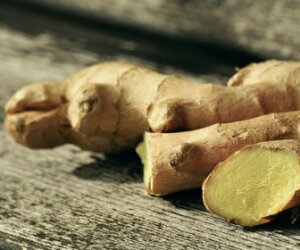 Ingredients (for 1 gallon/4 liters):
Ingredients (for 1 gallon/4 liters):
- 3 inches/8 centimeters or more fresh gingerroot
- 2 cups/500 milliliters sugar
- 2 lemons (or limes)
- Water
Process:
- Start the “ginger bug”: Add 2 teaspoons (10 milliliters) grated ginger (skin and all) and 2 teaspoons (10 milliliters) sugar to 1 cup (250 milliliters) of water. Stir well and leave in a warm spot, covered with cheesecloth to allow free circulation of air while keeping flies out. Add this amount of ginger and sugar every day or two and stir, until the bug starts bubbling, in 2 days to about a week.
- Make the ginger beer any time after the bug becomes active. (If you wait more than a couple of days, keep feeding the bug fresh ginger and sugar every 2 days.) Boil 2 quarts (2 liters) of water. Add about 2 inches (5 centimeters) of gingerroot, grated, for a mild ginger flavor (up to 6 inches/15 centimeters for an intense ginger flavor) and 11/2 cups (375 milliliters) sugar. Boil this mixture for about 15 minutes. Cool.
- Once the ginger-sugar-water mixture has cooled, strain the ginger out and add the juice of the lemons (or limes) and the strained ginger bug. (If you intend to make this process an ongoing rhythm, reserve a few tablespoons of the active bug as a starter and replenish it with additional water, grated ginger, and sugar.) Add enough water to make 1 gallon (4 liters).
- Bottle in sealable bottles: Recycle plastic soda bottles with screw tops; rubber gasket “bail-top” bottles that Grolsch and some other premium beers use; sealable juice jugs; or capped beer bottles, as described in chapter 11. Leave bottles to ferment in a warm spot for about 2 weeks.
- Cool before opening. When you open ginger beer, be prepared with a glass, since carbonation can be strong and force liquid rushing out of the bottle.
Recommended Reads
https://www.chelseagreen.com/2022/kvass-nourishing-fermented-beverage/
https://www.chelseagreen.com/2022/homemade-dandelion-beer-recipe/
Recent Articles
Looking for a delicious (and spicy) DIY project to work on this spring? This recipe for foraged, tabasco-style ramp hot sauce is sure to turn up the heat. The following is an excerpt from The Forager Chef’s Book of Flora by Alan Bergo. It has been adapted for the web. Unless otherwise noted, all photographs…
Read MoreNew to foraging? Here are a few beginner tips to get you started on your hunt for wild edibles! And next time you are taking a walk around the neighborhood, keep your eyes peeled for these thirteen plants: dandelion, mallow, purslane, plantain, thistle, amaranth, dock, mustard, grass, chickweed, clover, lambsquarter, and knotweed. The following is…
Read MoreHerb butter is a fantastic trick to have up your culinary sleeve! These two recipes offer simple ways to use edible flowers and herbs that you can pick right in your backyard. If you’ve never made herb butter, you’re in for a treat. These recipes are from The Occidental Arts and Ecology Cookbook, by The…
Read MoreLooking for a simply & healthy snack to make this spring? These tips will help you whip up a delicious Greek-style yogurt with ease. The following excerpt is from Keeping a Family Cow by Joann S. Grohman. It has been adapted for the web. Making Yogurt Milk from a high-milk-solids breed such as the Jersey…
Read MoreWhether you are an expert forager or new to the skill, it’s important to understand how to store your freshly picked bounty. Luckily, author Alan Bergo has the lowdown on how to harvest wild greens and cook them for the best storage so your harvest can stay fresh for days after being picked! The following…
Read More


